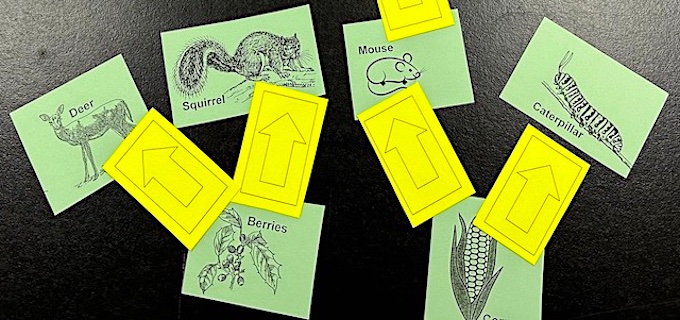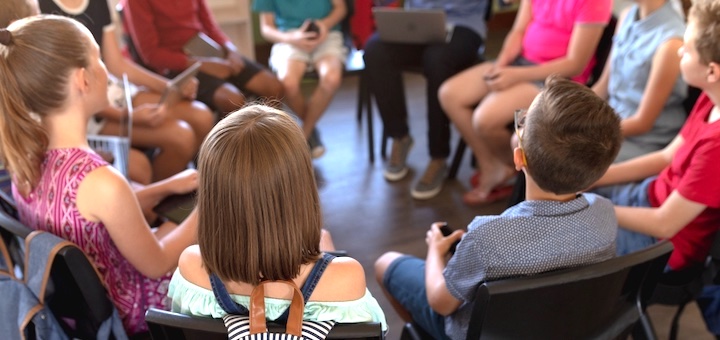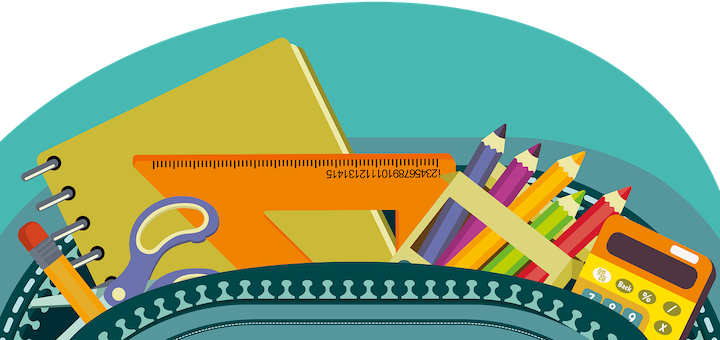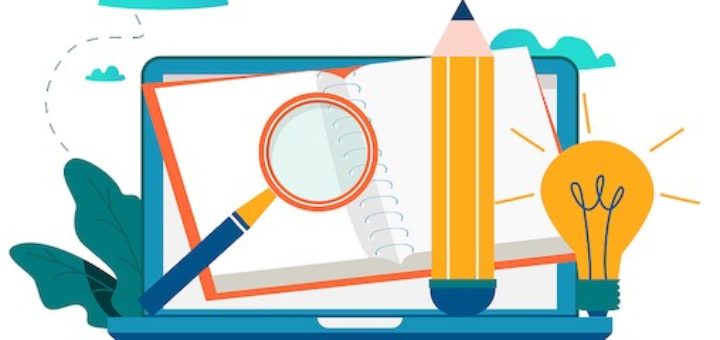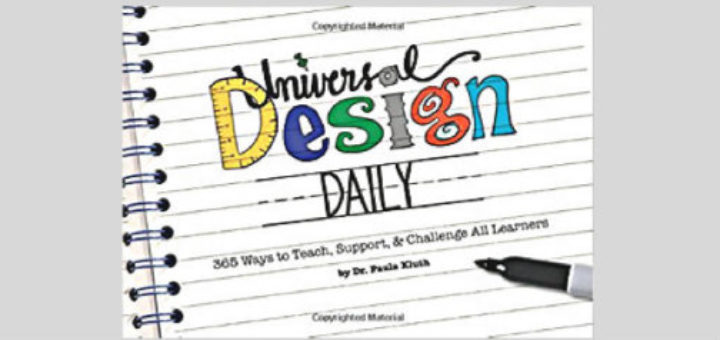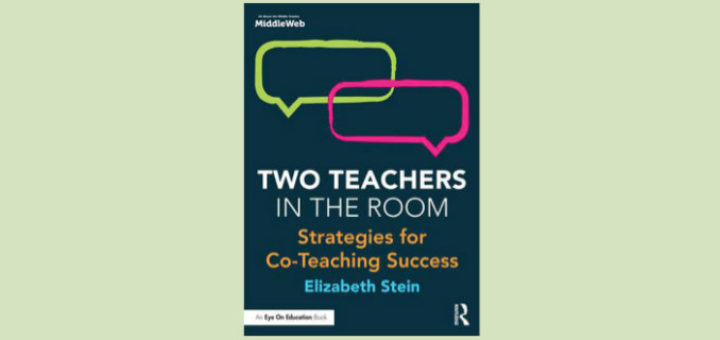Tagged: Universal Design for Learning
Teachers Samantha Layne and Susanne Croasdaile introduce a new UDL-friendly tool to promote higher thinking, using a model-building strategy. TPRY helps students break down visual content, analyze it, and even build their own visual texts. See a food web modeling example.
The negative tone and unkind remarks adolescents use with one another make it tough to develop a classroom sense of community. They won’t learn to communicate appropriately without explicit instruction, write Samantha Layne and Susanne Croasdaile. Learn how UDL strategies help.
Many teachers are intrigued by the Socratic method but worry “it won’t work with my students.” A Socratic seminar calls on ALL the big executive skills. Patricia Cook and Susanne Croasdaile found that we don’t need to wait until they’re all “ready” – we can just dive in!
With so many daily classes, the working memories of adolescents get overloaded. Their evolving brains have not yet developed fluent coping strategies. To teach students to handle all the inflow, two experts share UDL strategies that build executive function and self-regulation.
Be ready for the school year with 4-week learning calendars that identify critical routines for school success and guide instruction that enhances working memory. Shannon Costley and Susanne Croasdaile share tips to ensure this brain-based strategy meets your students’ needs.
As we consider what school will look like this fall, teaching coach Elizabeth Stein shows how the Universal Design for Learning gives educators flexibility to teach effectively within and without any learning space – fully in person, fully remote, or using a hybrid model.
ELA educator Cheryl Mizerny invites you to have fun developing your own UDL-enhanced unit. The former special ed teacher details how using Universal Design for Learning helps all learners grow, then she shares her argumentative writing unit enhanced with UDL practices.
Offering 365 ways to teach and challenge all learners, Paula Kluth’s Universal Design Daily provides many fresh and tried and true ideas for incorporating UDL into the classroom, says special education teacher Stacy Thorpe. A great resource to share with coworkers.
Two Teachers in the Room by Elizabeth Stein explores how co-teachers can work together as effective partners to best serve all their students. Elizabeth OBrien recommends the book for people new to co-teaching and as a key resource in professional development settings.
Elizabeth Stein calls on co-teachers to create powerful ripple effects throughout the nation’s classrooms with positive actions aimed at strengthening inclusion and every student’s sense of achieving their best. She offers six jumping-off places to start the wave.

